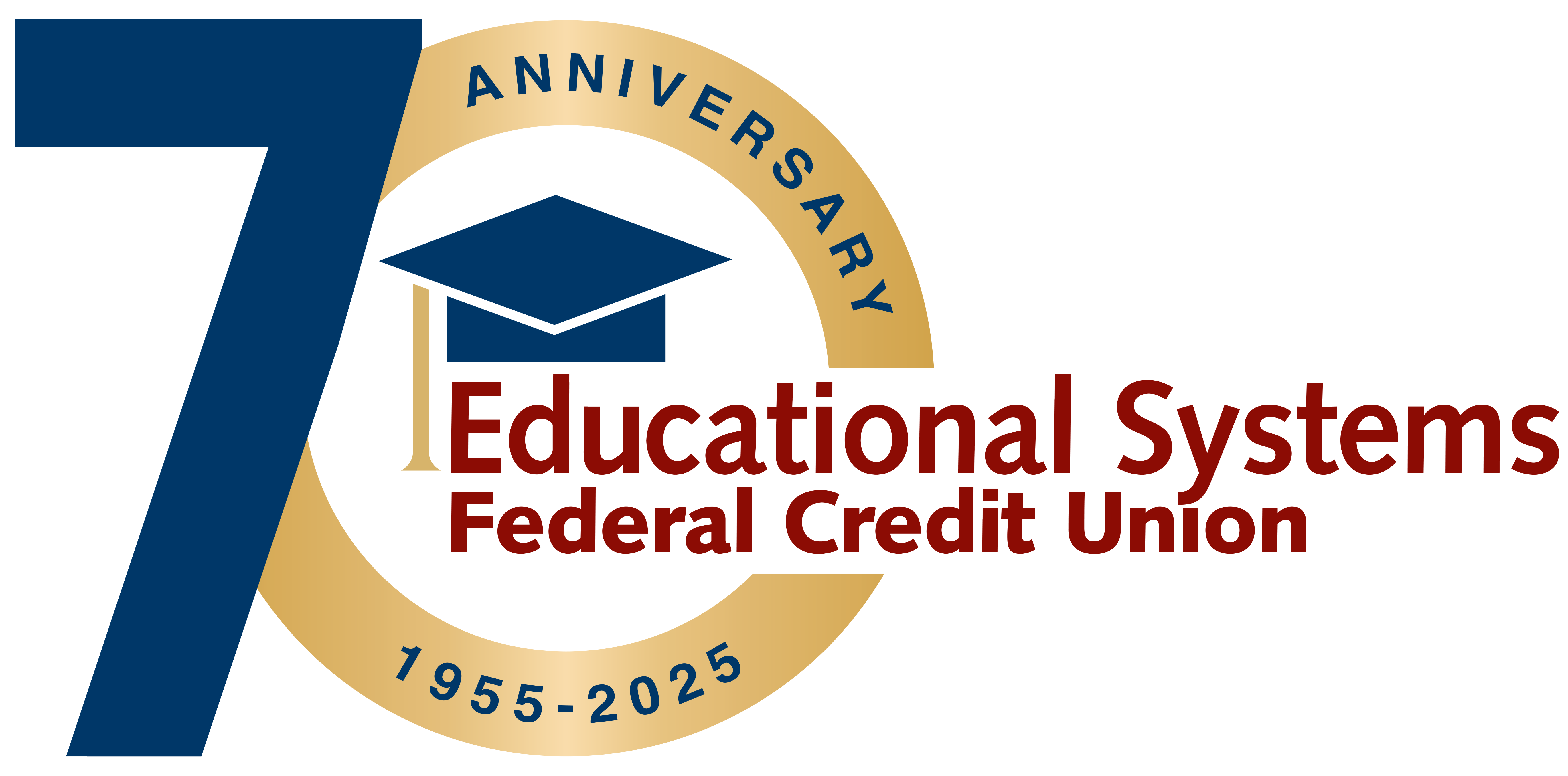Safeguard Your Data
Find out how cloud security, passwords and Multi-factor Authentication (MFA) can help keep your data safe.
First Line of Defense Against Scammers
Safeguard your data
When it comes to protecting your personal and financial information, some of the first lines of defense for individuals and organizations are cloud security, passwords and Multi-factor Authentication (MFA). Each of these options, when implemented correctly, provides an added layer of security to safeguard your data from scammers.
Cloud security is essential for protecting your personal information in an increasingly digital world. When you store data like photos, financial details, or important documents in the cloud, strong security measures ensure that only you and trusted individuals can access it. This helps prevent identity theft and keeps your private information safe from hackers. Strong cloud security practices help to minimize the risk of your data being hacked, giving you peace of mind to enjoy the benefits of technology without constantly worrying about your data being stolen.
- Use strong passwords
- Enable MFA
- Regularly update your devices
- Beware of phishing
- Backup important files
- Review privacy settings: Check the privacy settings of your cloud services to understand who can see your information and how it’s being used.
- Log out when not in use: Always log out of your cloud accounts when you're done, especially on shared or public devices.
Have you ever wondered how long it would take to crack a password or if a password is secure enough? Longer passwords that use a mix of numerical, upper- and lower-case letters, and special characters take significantly more time to crack. A password with a length of 10 characters, using a combination of all available characters, would take about 330 years to crack.
For instance, a password like $5%z8zT1&3 provides strong security. However, remembering such a complex password can be challenging. This is where using a password phrase becomes helpful. For example, a phrase like GreenBuildingEducationEquipment#842. This pass phrase is 35 characters in length but much easier to remember. Keep in mind when creating a pass phrase that you should avoid using family member names, pet names, sport teams, favorite foods, etc.
- Use a password phrase instead of a password.
- Long passwords are harder to crack.
- Practice safe password storage. Avoid writing passwords on paper and storing them around desks. Use a password manager with MFA enabled instead.
- Don’t use the same password across applications. It’s ideal to have a different password for each application or website. Data breaches aren’t uncommon and cybercriminals use this stolen data to log into your accounts or applications.
- Leverage tools to see if you have been in a data breach and need to change your password.
MFA enhances security by requiring users to provide two or more verification factors to gain access to an account or system. This method reduces the risk of unauthorized access to your account if the password is compromised. It's important to know that MFA codes can also be phished so we should follow phishing best practices. MFA has various security levels. If you have a choice in the matter, it’s best to use a hardware token, authenticator app, or biometrics.
- SMS or Voice Call Verification: A one-time code is sent via SMS or a voice call to the user's registered phone number, which they must enter to gain access.
- Authentication Apps: Apps like Google Authenticator, Microsoft Authenticator, or Authy generate time-sensitive codes that users must enter during the login process.
- Email Verification: A verification link or code is sent to the user’s registered email address, requiring them to confirm their identity before accessing their account.
- Hardware Tokens: Physical devices, such as RSA SecurID or YubiKey, that generate one-time login codes or can be used for one-touch authentication by inserting them into a USB port.
- Biometric Authentication: Includes fingerprint recognition, facial recognition or iris scanning. Users authenticate by presenting a physical characteristic that is unique to them.
- Push Notifications: A push notification is sent to the user’s mobile device, prompting them to approve or deny the login attempt.
You have the power to protect your data
By leveraging cloud security, strong passwords and MFA, organizations and individuals can significantly reduce the risk of unauthorized access to their accounts. Remember, a combination of long, unique passwords or pass phrases, combined with MFA, offers one of the best defenses against cyber threats. Stay vigilant, follow best practices and make cybersecurity a daily priority to create a secure environment for your personal and financial information.
Frequently Asked Questions
You can set up the following Security Alerts:
- Change ID or password
- The email address where I receive alerts is changed
- Alert phone changed
- Alert preferences changed
- PIN Enabled
- PIN Disabled
- Settings changed
- Transfer above: you can select the amount
Click on the right menu (person icon) and select “Alerts”. From there, choose the delivery option and enter your email address and phone number. Next, select “Security Alerts” or “Account Alerts”. For Account Alerts, select the specific account. Then, enable or disable the individual alerts by clicking on the delivery channel. The envelop icon is for email, the phone icon is for text and the bell icon is for push notifications. If applicable, follow the prompts to add a dollar amount. When the Alert is enabled, “On” displays on the icon and when it’s disabled, “Off” displays on the icon.
The email address and phone number provided under Alerts will only be used for Alerts. To update your contact information that the Credit Union uses for all other communications, click on the right menu (person icon) and select “Profile”.
Log in to Digital Banking.
Fraud Prevention 101
Explore more resources and articles to help you keep your data safe.
